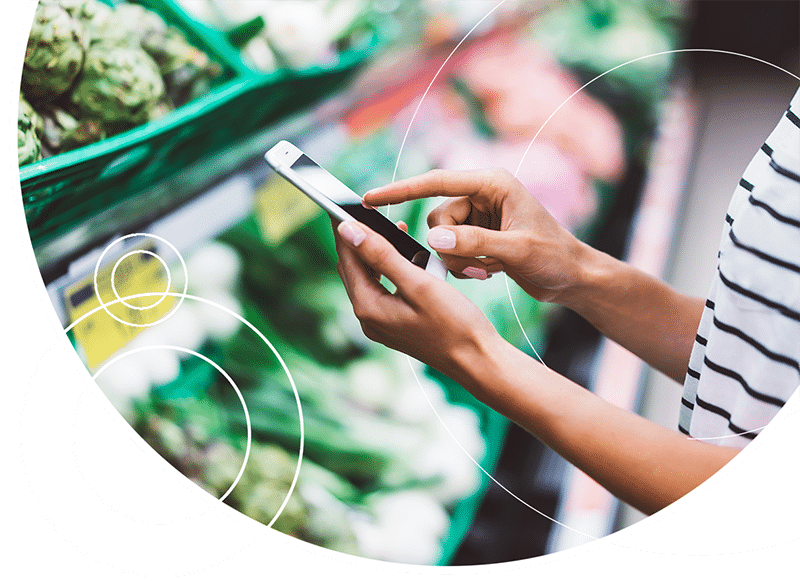With the constant, never-ending messages of stay-at-home, maintain social distance, avoid contact with people outside of your bubble, and of course practice / implement contactless shopping—it’s no wonder people are feeling out of sorts. Our social nature has been abruptly disrupted by an unforeseen foe that is changing the way we all interact and live
It’s no wonder that contactless shopping is misunderstood, somehow it has been translated to “never show any connection to the customer at all as you keep them well beyond arm’s length.” However, that is far from the case.
And let’s face it, just the name “contactless” sounds cold. But what is lost in translation of bad industry naming conventions, is the opposite. In fact, I’ve often thought that “Scan & Pay” is a much better name, but like all trendy names and buzzwords we live in “the new normal”—whatever that even means—thus we’re stuck with “contactless.”
So let’s break down the idea of “contactless.” For years, the concept of digital currency and payment has been on the rise. From eCommerce, to mobile phone tap and pay at the cash register, all the way to new programmable digital cards that can hold all your credit card information, the technology has continuously evolved.
But now comes a new breed of payment: the next logical evolution in a long line of digital methods. Contactless payments (and shopping for that matter) is simply nothing more than the scanning of a barcode, along with a shopping cart function (similar to that of eCommerce), and a payment applied like any other mobile payment.
Looking at this, at least at first glance, I can absolutely understand why people may think this is “socially cold.” After all, it does seem devoid of any contact between people. That’s when the secondary layer of this technology comes into play.
As people begin to scan items—whether they buy them or not—interests begin to emerge. And like any great data-driven invention, those interests begin to form a profile that becomes the digital representation of that person’s likes, dislikes, and more. It’s at this confluence of digitally obtained data and personal shopping habits, that retailers of all kinds can suddenly forge far deeper connections and relationships with customers.
Let’s use a restaurant as an example, especially given that restaurants are beginning to reopen across Canada. With the importance of minimizing contact—especially things like payment machines—contactless shopping can be made easy, even in this case. For one, simple barcodes can be added next to menu items, enabling customers to scan and pay for food and drink with ease. It doesn’t change the interaction with the wait staff, as they still need to deliver food and drinks, check on experiences, etc.
The change is simply that everything ordered becomes a data point to be used later. If a customer ordered a certain meal or beverage (especially multiple times over multiple visits) those items can be offered as incentives on sale through email, social media, and more, as enticements to get that person to visit more frequently, or even simply asking the customer upon arrival if they’d like the usual. In any case, it shows knowledge of the customer and a unique marker that develops customer loyalty. And all without a debit/credit machine to deal with.
And the same example can work for grocery, fashion retail, quick serve restaurants—the list is virtually endless. But most importantly, it’s the knowledge gained of customers as individuals: real people with real interests and real interactions, all becoming even more connected to the retailer as time goes by due to the data they themselves have created.
Yes, at times technology can seem cold and inhuman. But in the case of contactless shopping, and for the present it remains a priority, it represents something even better than “We are all in this together.” It represents “You and I are in this together.”

Andrew Armstrong
Chief Customer Officer
Andrew Armstrong is the Chief Customer Officer at omNovos – working globally with customers to design world-class customer engagement programs. He’s a prolific writer and speaker on topics including customer loyalty, personalization, and retail marketing technologies. Connect with him on LinkedIn or Twitter - his open approach to all topics usually leads to a fun discussion and a few laughs.

